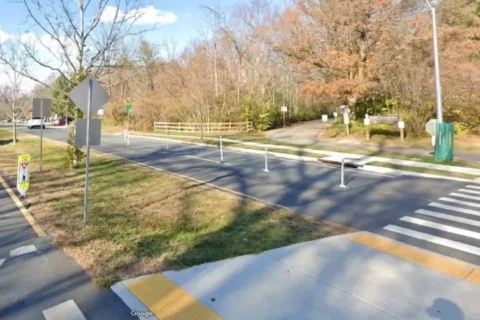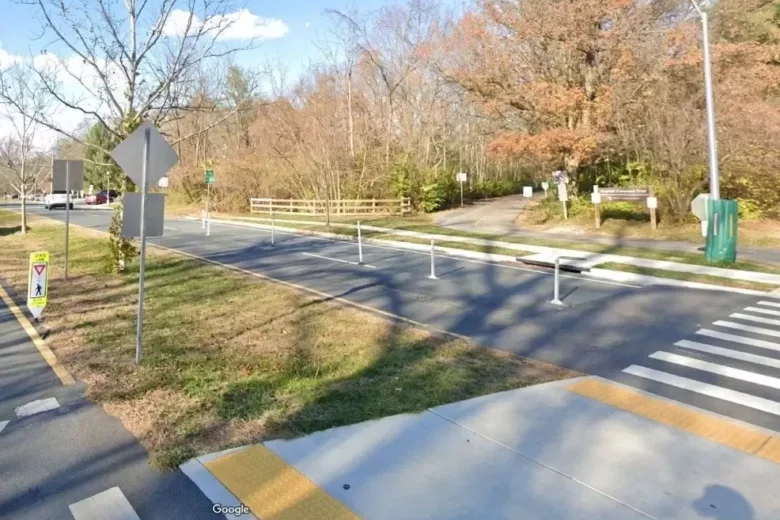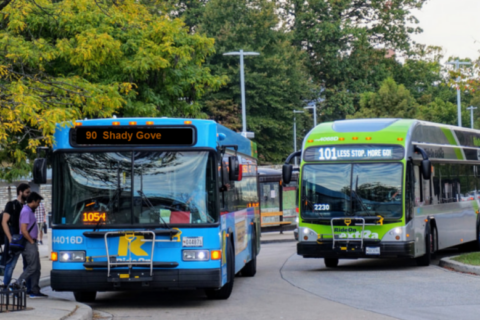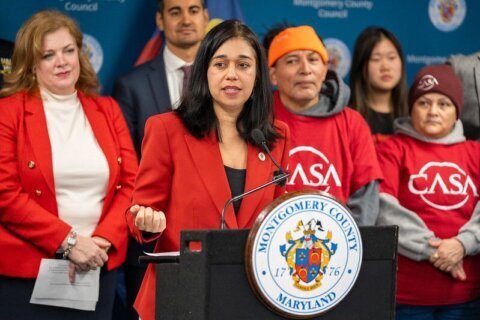
A short stretch of Little Falls Parkway — the site of a 2016 crash that killed a bicyclist on the Capital Crescent Trail, in Bethesda, Maryland — will soon be permanently reconfigured to maximize safety.
Montgomery Parks has been given the go-ahead by the National Capital Planning Commission to reconfigure a four-tenths-of-a-mile segment of Little Falls Parkway — from Arlington Road to Dorset Avenue — from two lanes in each direction to one, while maintaining the grass median dividing the lanes.
Andy Frank, chief of the park development division for Montgomery Parks, said for the past several decades, the agency has been trying to slow drivers on Little Falls Parkway.
“It was built in the late ’50s, early ’60s, as a four-lane road,” Frank said. “That has caused excessive speeding and reports of drag racing.”
With the creation of the Capital Crescent Trail in the 1990s, he said, “significant amounts of residents began enjoying the Capital Crescent Trail, which directly crosses Little Falls Parkway.”
The proximity of the trail to the four lanes of traffic posed the potential for danger.
In October 2016, 81-year-old Ned Gaylin, of Chevy Chase, Maryland, was struck and killed by a car while he was a riding a three-wheeled recumbent bicycle. The crash occurred where the trail emerges from the woods and crosses four lanes — two in each direction of Little Falls Parkway.
Since then, the parkway has implemented interim safety measures near the bike trail crossing.
“That reduced the traffic lanes to one in each direction — one northbound and one southbound — and that’s greatly improved the safety at this crossing,” Frank said.
The park agency’s Little Falls Parkway Vision Zero Project was approved by the county council in January.
The project will upgrade the road configuration and replace temporary structures and bollards that guide traffic on Little Falls Parkway near the raised crosswalk, which carries bicycles across the parkway.
The raised crosswalk, “provides better line of sight for both the driver and the pedestrian, and it also forces the driver, as all speed humps do, to reduce speed,” he said.
The project now enters the detailed design phase, which will begin in fall, Frank said. The permitting process will take place this winter, and Frank hopes the project will be built in spring and summer 2025.
Get breaking news and daily headlines delivered to your email inbox by signing up here.
© 2024 WTOP. All Rights Reserved. This website is not intended for users located within the European Economic Area.









